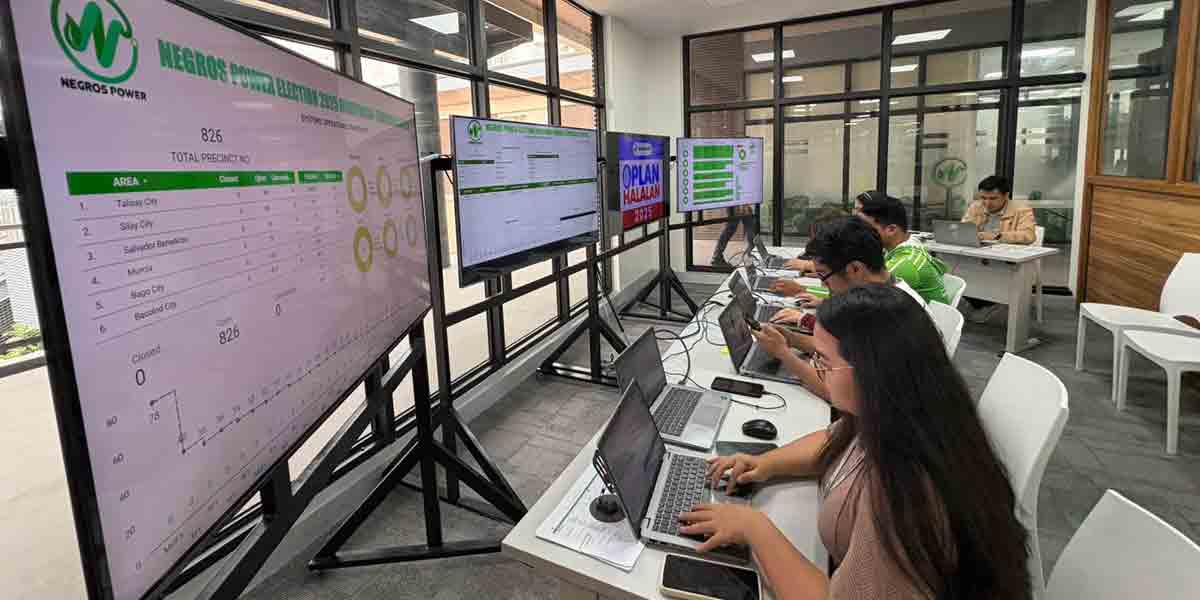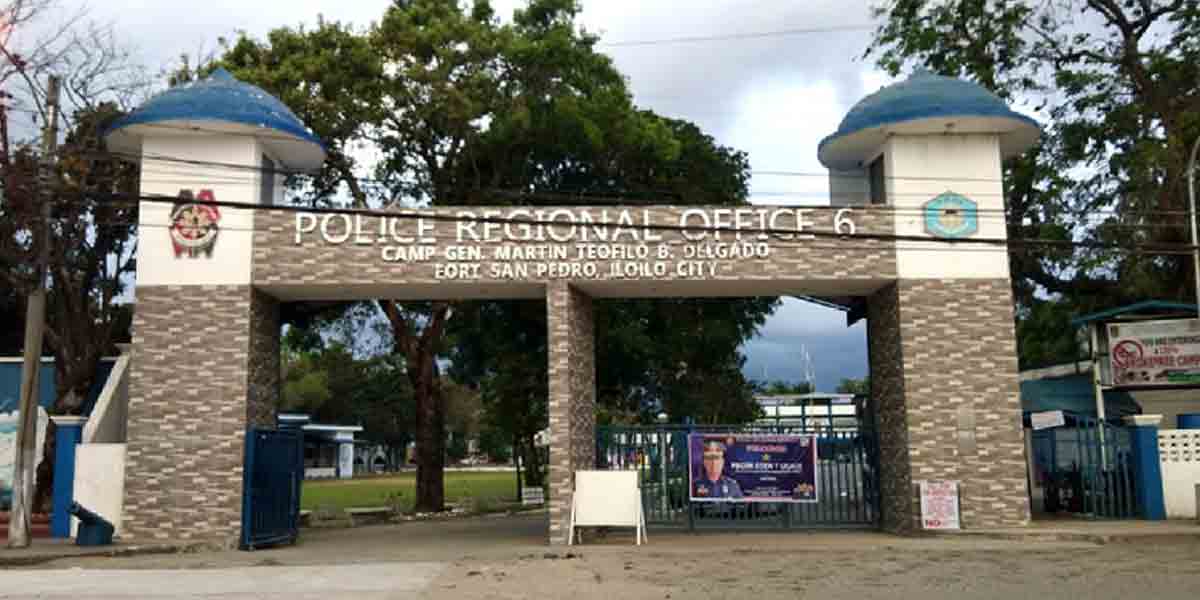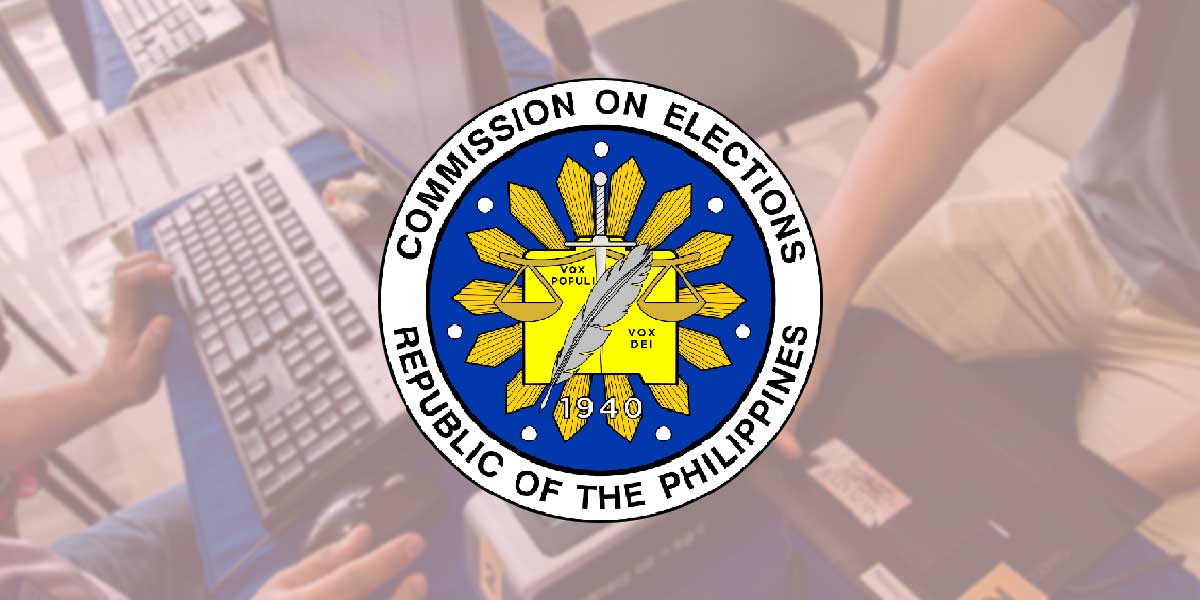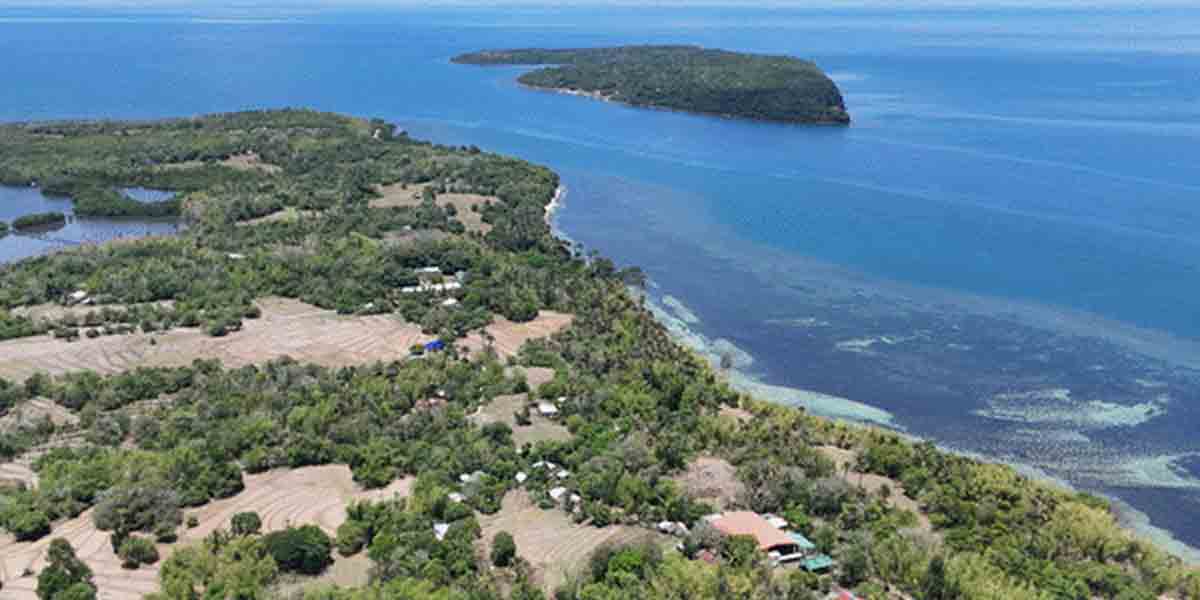
By Joseph B.A. Marzan
Telecommunications companies (telco) continue their improvements amid the coronavirus disease 2019 (COVID-19) due to constantly increasing demand for online products and services, according to one of the country’s major telcos on Saturday.
During his State of the Nation Address on July 27, 2020, President Rodrigo Duterte threw brickbats at telco firms for poor service.
Duterte warned that he will seek to expropriate telco assets if wireless signals do not improve by December 2020.
In an interview with Daily Guardian on Air via Aksyon Radyo Iloilo on Saturday, Globe Telecom’s External Affairs Director Patrick Gloria said telecommunication companies’ legislative franchise of 25 years is “never enough” to address increasing demands for services.
“It’s never enough, because every year, when we talk about technologies, we set up like cell sites, they don’t go down. In fact, the budget of Globe this year is US$1.2 billion, and last year’s was $1 billion. There’s a budget. I’m sure that Smart and Sun also have budgets for that,” Gloria said.
He added that the evolution of technology calls not only for new cell sites, but for the upgrading of existing ones, such as the 5th generation mobile network (5G), among others.
“We have many cell sites being built every year, which is a good sign, it means that we are getting better every year. But you do have to understand two things. One thing is, the technology changes. Technology from 10 years ago has already upgraded and is evolving, so you need more equipment on that cell site. If you put an equipment on that cell site, like 5G, you also have to reinforce your cell site,” he added.
He added that customer usage is also important, as their changing lifestyles, in line with evolving technology, also add to the demand.
He cited examples such as the introduction of text messaging, mobile network generations and the Long-Term Evolution (LTE) connection which is the 4G standard.
“The second most important is customer usage. Customer usage is the biggest factor of all because all customers are learning. If technology evolves, therefore, customers such as us, increase consumer demand and it becomes the number one factor. Because while technology evolves, the need of the customer evolves, and all of these things are based online. So when you do that, this technology of ours is a never-ending battle,” he closed.
CELL SITE WOES
Gloria revealed there are only 20,000 cell sites serving all major mobile networks in the country, including their rivals Smart Communications (Smart) and Digitel Mobile Philippines (Sun Cellular).
Cell sites are physical towers which provide cell signals for mobile data and other wireless telecommunications services.
Globe Telecom currently serves 91 million customers, with roughly 70 percent on mobile according to Gloria, and the rest using landline and wired services.
“I have not seen how many exactly, but I’m sure it’s in the thousands, and these are the ones serving the 91 million Globe subscribers, but for the entire country, there’s about 20,000 cell sites serving for combined Globe, Smart, and Sun Cellular subscribers,” said Gloria.
Gloria reiterated that Globe Telecom will heed the President’s warning, saying that this is also the public’s desire and the company’s desire as well.
In a previous radio interview, Gloria said that the slow internet connection is attributed to the lack of cell sites and the challenges in building them.
During a televised briefing on July 31, Globe’s Chief Executive Officer, Ernest Cu, told President Duterte that building one cell site takes eight months on average, which Gloria added.
“We will definitely follow. What the President wants, that’s what the people want. Actually, that’s what we want too. Ever since, for the longest time that I’ve remembered, what our company wants is to put enough cell sites, enough fiber, to service the people, especially for us in Visayas and Mindanao. But the thing about the cell sites, in building them, is not without challenges, and there’s a lot of challenges. People might think it’s that easy to build cell sites and to set up fiber, but it’s not,” he said.
He said that the ideal number of cell sites required for stable connection nationwide amounts to around 55,000 to 60,000.


















